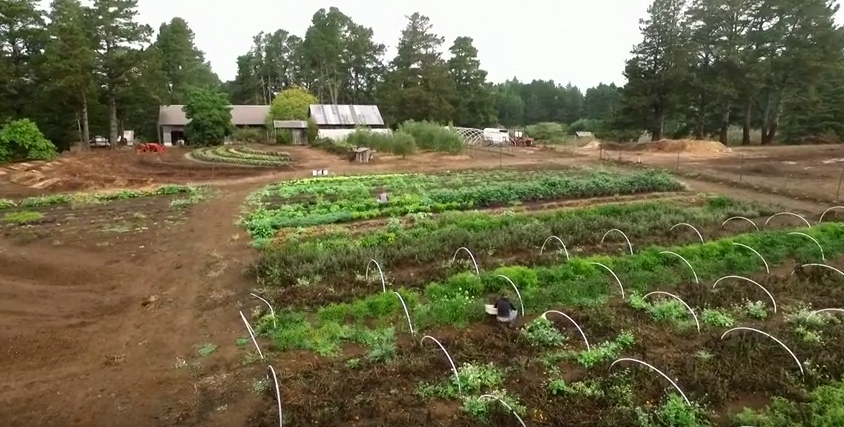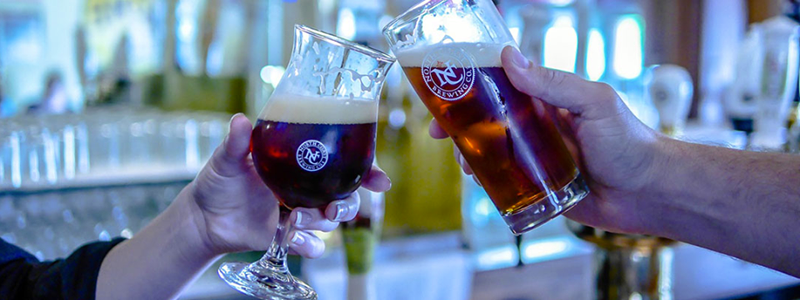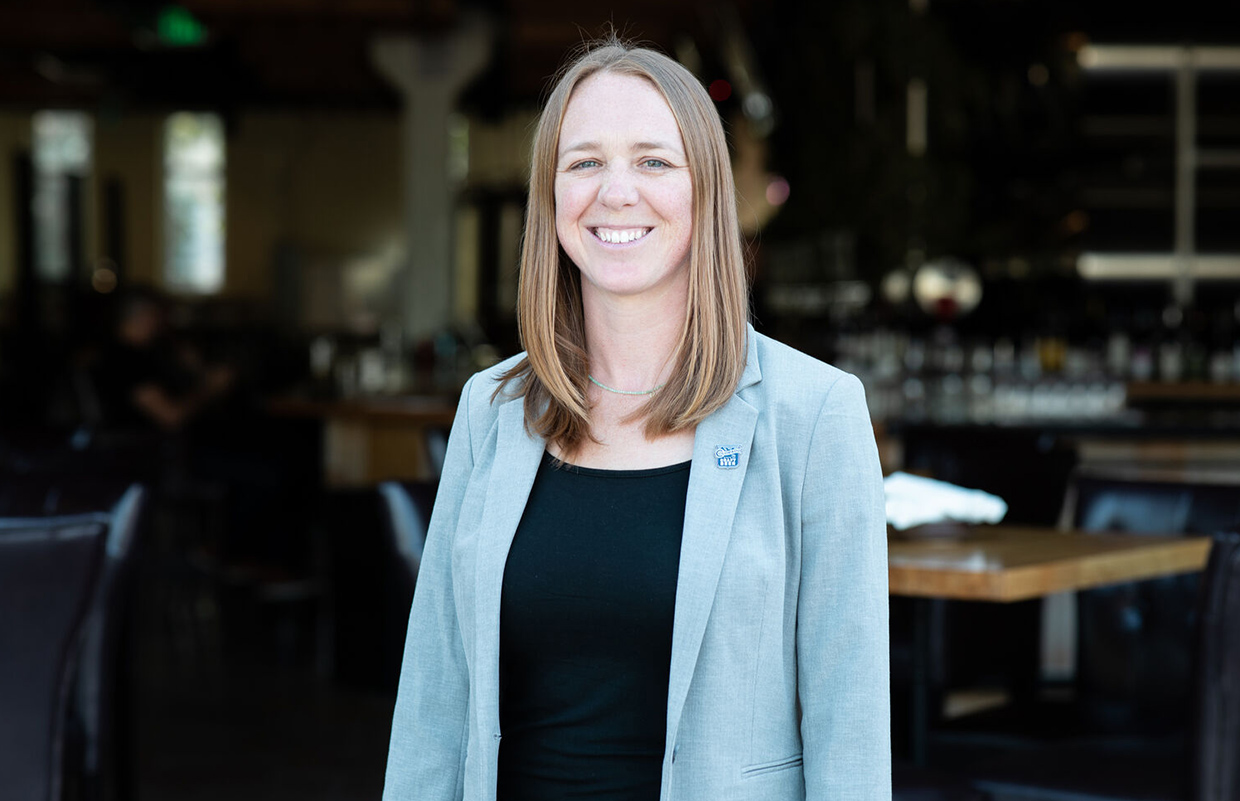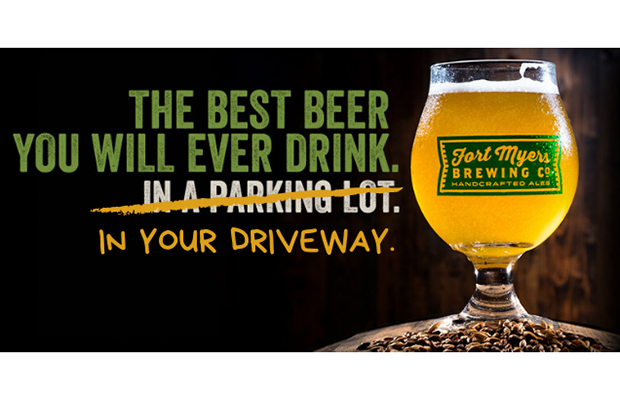
With his brewery now hitting 75,000 barrels per year, Mark Ruedrich was glad he had planned for the future of his spent grain. The North Coast Brewing co-founder and president is located in a remote part of northern California called Ft. Bragg and as the brewery grew, so did the amount of what Ruedrich called “waste stream.”
That meant the few local gardeners and small farms with some livestock or land to use the spent grain as feed or fertilizer would not be able to take all of what the brewery can now produce.
“We have no option of a big cattle farmer that can take it all,” Ruedrich said.
So, lots of pre-planning and experiments for the 28-year-old brewery came into play.
Along the way, Ruedrich came across ways to use spent grain and the solution that he calls “cutting edge” that North Coast settled on.
Mushrooms and hydroponics
Nearly 20 years ago, the brewery hosted a seminar on site with author and entrepreneur Gunter Pauli. He spoke and brought two people on his staff, with PhDs from China.
“One was an expert in Chinese ag model of small-scale farm which uses waste materials as feed for livestock and manure used to fertilize farm ponds and hydroponic growing,” Ruedrich said. “The other guy was a mushroom expert and a microbiologist.”
About 20 brewers from North America came to see how to cycle back spent grain and close a loop.
Ruedrich said that North Coast bought mushroom spawn and used its spent grain to grow the fungus.
“In the end we really didn’t feel like we were able to go anywhere with it,” he said. “At the time, we were struggling to sell beer at the time and not try to add mushrooms.”
Biochar
About a decade ago, Ruedrich read the book “1491” by Charles Mann and in it he read a section about how Brazil had pockets of rich soil (called terra preta) in the rainforest that had been used for agriculture for generations.
“A researcher from Cornell found profiles of charcoal going back 5,000 years,” Ruedrich said. “What charcoal can do to a profile of soil and with absorption of nutrients over the surface. There are huge amounts of nutritional material held and made available which could boost the soil.”
A movement around the world to enrich depleted soils by adding carbon and biochar has been started and Ruedrich wanted to see if he and his team could make spent grains into biochar.
“We tried to make it and the prices at the time for biochar from spent grains was way more than the beer we were making and we thought we could do something with it,” he said. “At some point and time, that may be the case, but we aren’t set up to make it on a commercial scale. We have enough challenges to just make beer.”
Carbon Farming & Beerigation
The brewery on the Mendocino coast line sends its spent grain, hops and yeast slurry to be composted at the farm under the guidance of Gowan Batist who is the brewery’s sustainability manager and runs Fortunate Farms.
A few times per day for a total of about six tons per week, spent grain or hops are mixed in with redwood sawdust and carbon material at Fortunate Farm. It is aerated with oxygen. Wasted beer is also trucked to the site where it is spread on the farm in a term North Coast liked to call “beerigation.”
Borrowing knowledge from the Marin Carbon Project, the thought of carbon farming became an option.
The group near San Francisco spreads compost on rangelands and in the process — and in modest amounts, noted Ruedrich — are increasing the carbon content of the soil many fold by feeding the plants and allowing the root structure to become healthier and larger and providing the right environment for soil microorganisms.
“I knew if we grew enough we would come to a point where we would be in a jam,” Ruedrich explained on how he came to his solution.
Baptist had worked with a local community garden with the local schools and Ruedrich turned her onto the idea of composting with spent grains since he and others at the brewery all had been doing that in their home gardens for years.
“She had found two parcels of land and she and her family could get ag finances for only one parcel, she suggested we buy the other parcel,” he said. “Although it was a substantial investment, it was a great way to get security for our own parcel of land and to have a partnership with Gowan and her family at Fortunate Farms and in two year we have made enormous process.
“We still haven’t cut off the little guys around, but now we have the weight security we knew that we were going to need.”







1 Trackback / Pingback